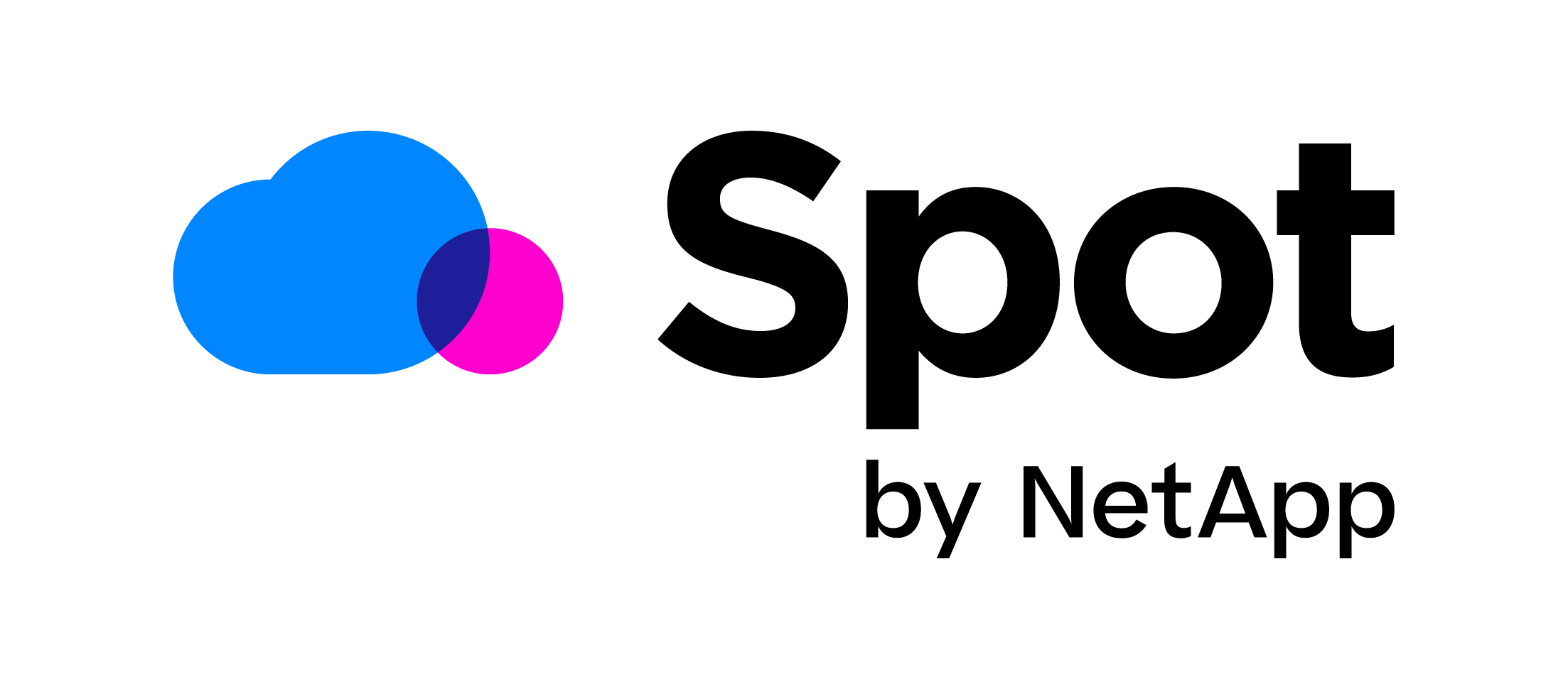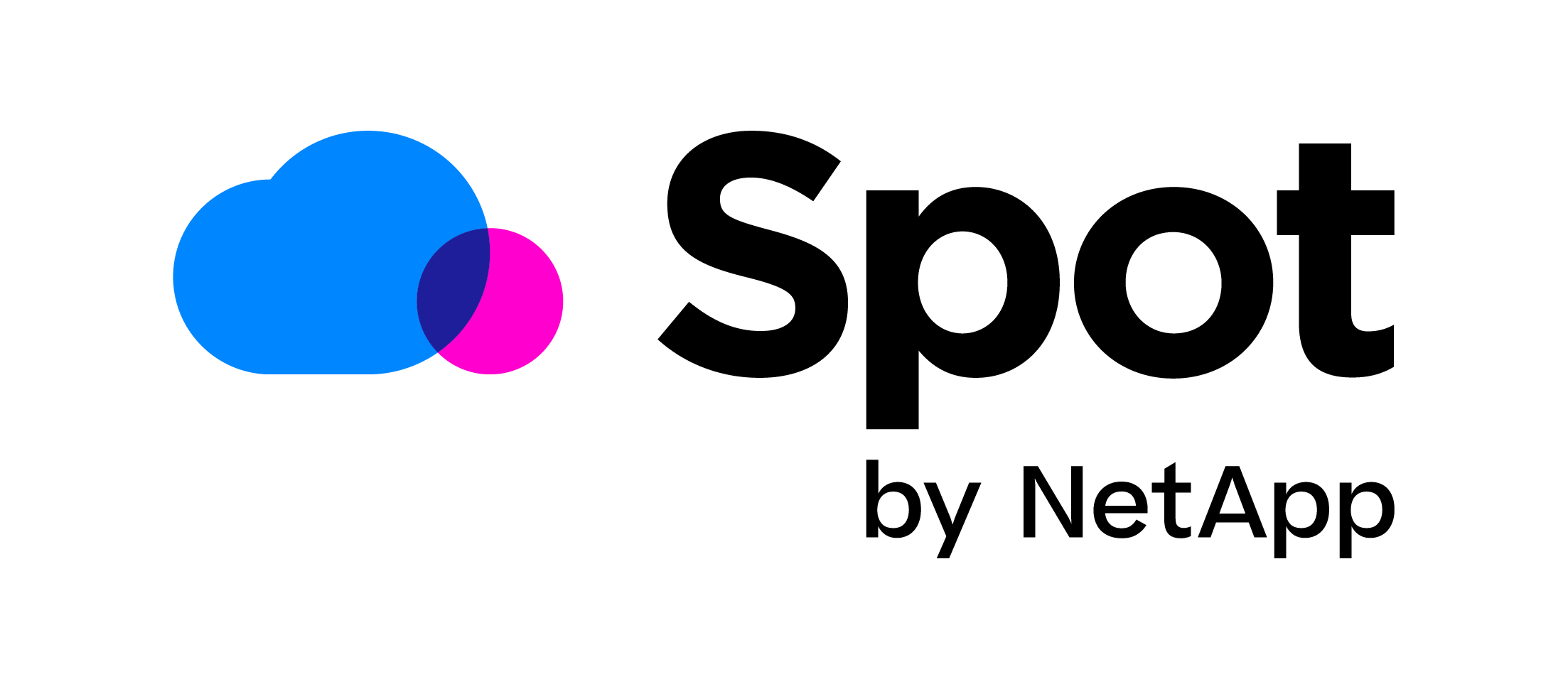

As we discussed in our previous post, the comprehensive visibility into your cloud spend provided by Cloud Analyzer allows you to confidently make decisions on how to best optimize your cloud. But when it comes time to actually optimizing your cloud compute spend, taking advantage of reserved instances – a pricing model that offers steep discounts in exchange for long-term commitment – many potential users still hesitate and for good cause.
Let’s take a look at some of the issues and how Spot by NetApp’s Eco solution helps eliminate all the challenges so you can enjoy the cost-savings, hassle-free.
Complex, dynamic cloud environments
Most public cloud consumers I’ve met fall into two groups (which often overlap). The first have large, sprawling environments with many accounts shared across different user groups, with little visibility into what different teams and projects are using in terms of cloud compute, and even less visibility into what they really need in the future.
The second group might have better governance with clear-cut usage based on accounts, tags and other visibility tools. Yet, the very nature of their business is dynamic, driven by cyclical events or customer trends with very unpredictable compute workloads.
Both of these groups have excellent reason to shy away from a long-term commitment to pay and use specific compute resources (e.g. a specific EC2 instance type and size). They have no way of knowing for sure that they will actually need and consume that resource and very well might end up with lots of cloud waste, throwing money away on unused reserved instances or Savings Plans.
Is your steady-state, predictable workload really so predictable?
Then there is a third group. This cloud consumer has well defined workloads running 24/7/365 in a very predictable manner. This is seemingly the perfect place to buy reserved compute capacity without any concern or issue.
But what if compute demands change and the engineering team decides they now need different instance types or sizes?
Even products with the most predictable behavior can be ‘unstable’ in terms of cloud resource requirements. Market needs changes, companies pivot their strategy direction, and as recent history has shown, global or national events do happen and greatly impact businesses, sometimes for the better, sometimes for the worse, but always with major change in compute requirements (take for example Zoom’s 2900% increase in users going from 10 million daily meeting participants in December 2019 to over 300 million by April 2020 ).
Cloud resellers and MSPs
Let’s take a look at the use case of a public cloud reseller or MSP (Managed Service Provider) where these problems are amplified. For these companies, buying reserved capacity in bulk – in relation to their customers’ baseline usage – is standard procedure. For them it’s relatively easy to shift reservations among different customer accounts, whether they pocket the savings or pass it along to the customer. But consider now that the end users have their own plans and needs that do not necessarily align with the commitments the resellers or MSPs have made to keep overall cloud cost low. Imagine the complexity involved in manually managing reservations for tens or hundreds of customers as workloads inevitably change over time.
So the question is how you – whichever group you identify with – can still take advantage of reserved capacity benefits even without being 100% sure of your future needs? How can you safely balance making a long-term commitment to lower your costs, without being exposed to the risk of negative ROI and wasted cloud resources?
Eco – Getting you long-term pricing minus the risk and extra work
That is the exact point where Spot by NetApp’s Eco comes into play.
Eco is an optimization and automation solution for cloud commitments purchasing and deployment. Taking into account your desire for flexibility, as well as existing compute market volume and your historical and predicted usage, Eco identifies the ideal blend of reserved instances and Savings Plans. This maximizes savings while providing the most flexibility for potential changes in your workload requirements. Eco’s mission is to ensure customers enjoy the highest savings possible with minimal waste and in a fully automated manner that is custom designed to match your strategy.
Eco’s proprietary algorithms dynamically and accurately handles your reservation capacity planning and purchasing for maximum savings. Designed to remove monetary waste whenever it can, Eco immediately responds to actual reserved capacity utilization through constant tracking of reservations vs. on-demand usage, identifying opportunities to sell and buy commitments, increasing reservation coverage, eliminating waste and focusing cloud spend on resources which are actually needed.
In simpler words, more savings, less commitments.
AWS Marketplace network effect
A core part of Eco’s advantage is that it manages thousands of AWS accounts and hundreds of thousands of reserved instances. This customer base and acquired knowledge helps Eco to quickly match customers who have immediate needs to buy and sell reservations on the AWS Marketplace, acting as a perfect broker for private deals as well. While many other cloud optimization platforms can make recommendations, Eco takes action.
Finops products that deliver more cloud at less cost
We now conclude this series of blog posts that is aimed at any organizations seeking guidance on how to spend less and innovate more in the cloud with FinOps best practices and products. We addressed the different stakeholders in this journey including engineering, DevOps as well as finance and operational teams that need to make decisions regarding optimizing their organization’s cloud utilization and efficiency.
Providing the right tools that enables a common language between these different teams is the first (and maybe the most important) step to achieve that. So no more hesitations. Get started with a free trial of Cloud Analyzer and Eco today!




